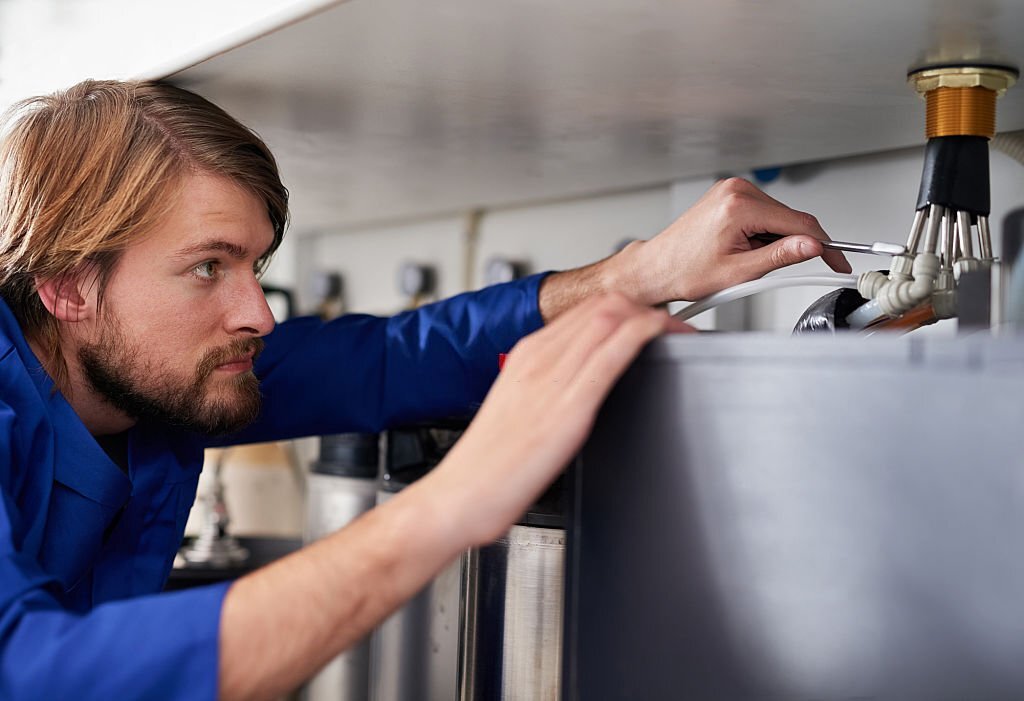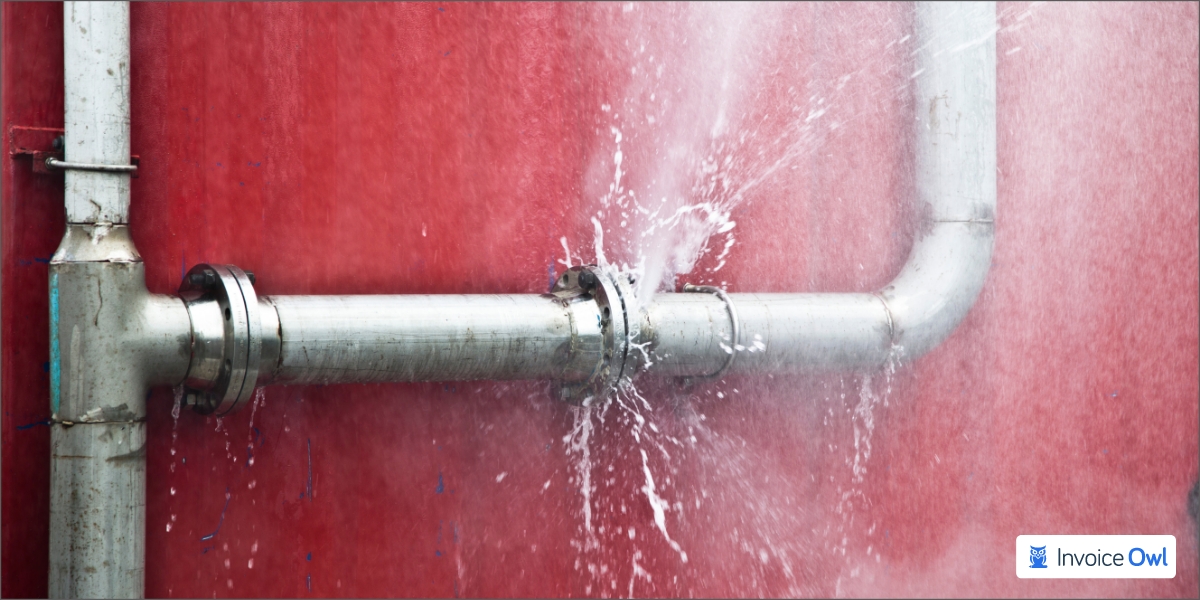What Plumbing is Transforming: Developments and Breakthroughs
What Plumbing is Transforming: Developments and Breakthroughs
Blog Article
This article on the next paragraphs in relation to 7 Plumbing Industry Trends You Need To Know is really insightful. Have a go and make your own findings.

Introduction
The pipes sector is going through a transformative phase driven by technical innovations and growing worries for sustainability and effectiveness. This short article checks out emerging patterns and advancements shaping the future of plumbing.
Regulatory Landscape
Regulatory frameworks play a crucial function in shaping the fostering of plumbing advancements, with criteria and codes governing every little thing from water performance to product security. As modern technologies continue to evolve, regulative bodies should adapt to make certain customer security and ecological stewardship.
Future Expectation
The future of plumbing is identified by continued advancement and assimilation with other industries such as IoT, renewable resource, and structure automation. By embracing lasting techniques, leveraging arising innovations, and focusing on user-centric design, the pipes market is poised to resolve the developing demands of society while lessening its ecological footprint.
Increased Reality in Pipes
Increased Truth (AR) innovation is changing plumbing by supplying service technicians with real-time aesthetic advice for troubleshooting and repair service jobs. AR-enabled wise glasses or mobile applications overlay electronic details onto the physical atmosphere, assisting plumbings imagine pipe designs, identify covert leaks, and perform repair work with accuracy.
Effect of 3D Printing
The advent of 3D printing has actually presented brand-new possibilities in making plumbing elements. From custom-made fixtures to intricate pipe installations, 3D printing permits fast prototyping and on-demand manufacturing, minimizing lead times and making it possible for higher modification in pipes layout.
Health and Safety Characteristics
In action to enhanced worries for health and wellness, pipes components are incorporating functions such as antimicrobial surfaces, touchless procedure, and self-cleaning mechanisms. These advancements not only boost hygiene however additionally advertise user comfort and comfort.
Hygiene-focused Fixtures
Touchless taps, self-sanitizing bathrooms, and antimicrobial surface areas are coming to be significantly widespread in residential and business settings, lessening the threat of germ transmission and promoting a cleaner, much healthier setting.
Water Top Quality Monitoring
Developments in water top quality surveillance modern technologies enable property owners to check the pureness and safety of their water supply in real-time. Smart water top quality sensors can find impurities, pH levels, and temperature variants, empowering users to take aggressive steps to make certain water safety and security.
Remote Plumbing Providers
Remote diagnostics and virtual assistance are reinventing the method pipes services are provided. With video conferencing and remote access technologies, plumbing professionals can fix problems, offer support for do it yourself repairs, and also perform remote assessments, supplying greater accessibility and comfort to home owners.
Challenges and Opportunities
While pipes technologies hold tremendous promise, they additionally present challenges such as data personal privacy worries, governing conformity, and the demand for workforce training. Attending to these obstacles requires collaboration between industry stakeholders and regulatory bodies to make sure safe and liable application of brand-new innovations.
Smart Pipes Equipments
Integrating wise technology into pipes systems makes it possible for remote surveillance, leak discovery, and automated upkeep. Smart sensing units and IoT (Internet of Points) tools enable home owners and plumbing technicians to check water use and detect issues in real-time, causing more effective source management and positive maintenance.
Water Efficiency Solutions
With boosting focus on water conservation, ingenious solutions are being developed to minimize water wastefulness in pipes systems. High-efficiency components, greywater recycling systems, and smart irrigation controllers are among the technologies helping customers decrease their water footprint while preserving comfort and convenience.
Lasting Products
The change towards sustainability reaches pipes products, with an expanding preference for environmentally friendly alternatives. Eco-friendly piping products, such as PEX (cross-linked polyethylene) and HDPE (high-density polyethylene), deal sturdiness and resistance to deterioration without jeopardizing environmental integrity.
Anticipating Upkeep
Anticipating maintenance strategies take advantage of information analytics and artificial intelligence algorithms to expect and protect against pipes issues before they happen. By assessing historic information and performance metrics, predictive maintenance formulas can determine patterns and anomalies, enabling proactive treatments to prevent pricey fixings and interruptions.
Verdict
In conclusion, the future of plumbing is specified by a merging of modern technology, sustainability, and user-centric layout. By accepting clever services, lasting materials, and aggressive maintenance methods, the pipes industry can enhance effectiveness, promote safety and security, and contribute to a more sustainable future.
Plumbing Industry Trends You Need To Know
Smart technology in plumbing
Homeowners want to be able to manage their homes from their phones. The technology exists to make that happen. From smart toilets to leak detector devices, the whole plumbing system can be managed on an interconnected network made up of sensors, IoT devices, and machine learning algorithms.
This allows for wireless control to turn appliances on and off, automate routines, and access advanced monitoring to track water usage and flag potential issues. Smart technology streamlines water consumption, maintenance and energy usage, creating a more efficient system.
Green plumbing
The data analysis possible with smart technology not only improves convenience and cost-effectiveness but also fulfills a high-priority customer desire – sustainability. Consumers are very aware of their impact on the planet and want plumbing solutions to reduce damage and support sustainability. Eco-friendly plumbing solutions are already starting to emerge.
Customers can opt for low-flow toilets, water-saving faucets, and connections to sustainable energy sources. Beyond monitoring water consumption, customers can conserve water through the installation of greywater systems. This is a system that collects water that has been used but is still clean enough for some household uses such as toilet flushing.
Shorter product pipeline
To keep up with modern plumbing, plumbers need modern tools that enable them to complete jobs more efficiently. One technology making strides in this area is 3D printing. By 3D printing key plumbing fixtures, plumbers can reduce wait times even for specialized fixtures. It minimizes delays often seen in traditional manufacturing that frustrate customers and prevent plumbers from taking on more work.
Off-site repairs
Augmented reality is making a splash in many industries including plumbing. Plumbers can map a building online so they can explore the plumbing system through augmented reality, identifying areas of maintenance and repair completely digitally. This technology can be applied quite widely in plumbers’ work including planning installations and training new recruits. It’s safer, smarter and more efficient.
Low-footprint materials
Another way for plumbing companies to reduce their environmental footprint and meet the customer demand for sustainability is by using recycled materials in their work. The products they source and manufacture such as pipes, fixtures and faucets can be made from recycled materials. This saves the planet while being just as effective.
Onsite water purification
Additionally, plumbing companies can be advocates of water conservation and ease the financial and environmental concerns of customers by offering water purification systems. New water purification technology such as reverse osmosis systems and UV systems make it possible for homeowners and business owners to thoroughly cleanse water, removing contaminants onsite. This means the water can be safely reused in more ways than greywater can be, establishing a water recycling loop.
Tankless water heaters
Another innovation of modern plumbing is tankless water heaters. The idea is that the water is heated on demand as it runs through the system instead of being heated in a water tank. This is more energy efficient and therefore cost-effective and eco-friendly because water isn’t heated needlessly.

We had been shown that editorial about from a pal on our other web address. Are you aware of another person who is very much interested in the subject? Feel free to promote it. Thanks for being here. Please come visit our website back soon.
Call Today Report this page